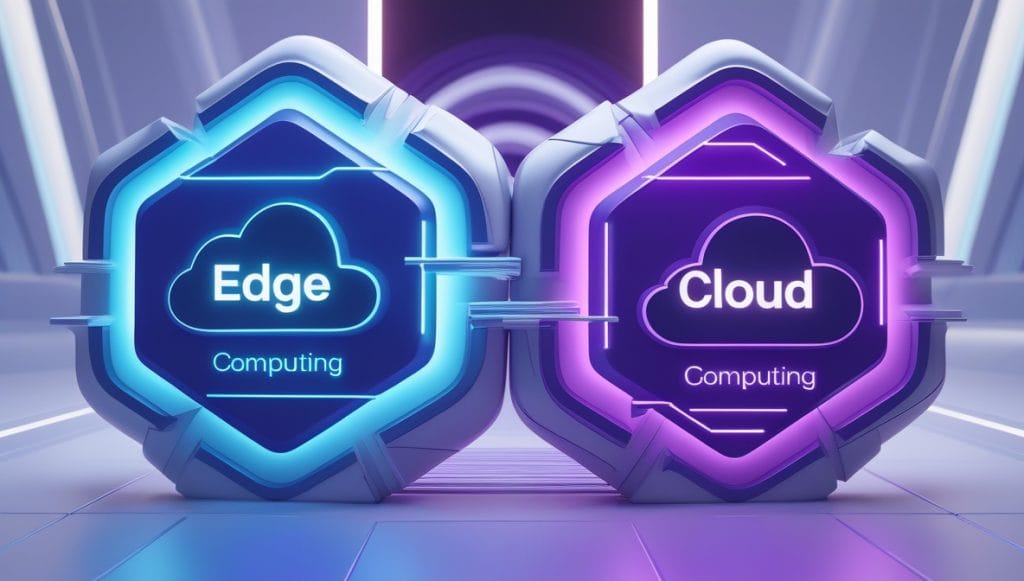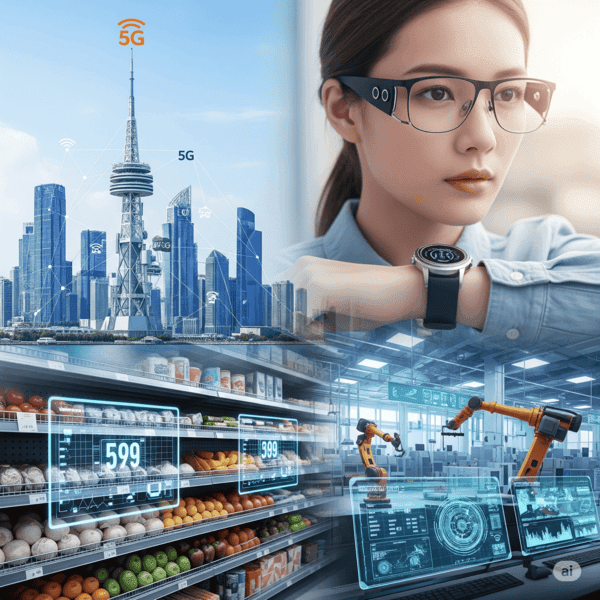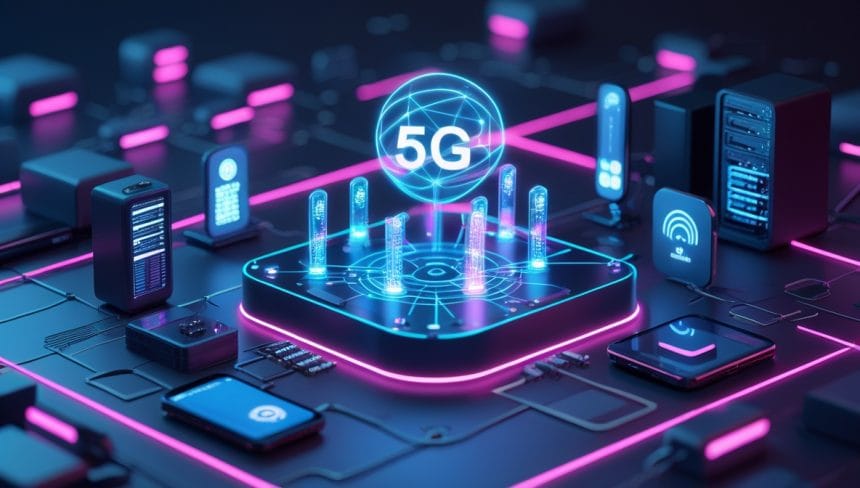As our world becomes increasingly connected, the need for faster, more efficient data processing grows. Edge computing has emerged as a transformative solution that brings processing power closer to the source of data generation. This paradigm shift enhances real-time responsiveness, reduces reliance on centralized infrastructure, and improves data privacy compliance.
Understanding Edge Computing: Definition and Core Concepts
Edge computing refers to a distributed IT architecture where data is processed at or near the point of origin instead of being sent to distant cloud servers. The “edge” may include gateways, smart routers, local servers, or IoT devices. This approach decentralizes processing, reducing latency and bandwidth usage while enabling quicker and more secure responses.
Edge computing is especially valuable in situations that demand real-time data processing, such as autonomous vehicles, industrial automation, and remote medical interventions.
Edge Computing vs Cloud Computing: Key Differences Explained
Although edge and cloud computing often work together, they offer distinct advantages.
Comparison Table:
| Feature | Cloud Computing | Edge Computing |
|---|---|---|
| Latency | Higher (due to distance) | Lower (processed locally) |
| Scalability | Massive | Limited but expanding |
| Privacy | Centralized storage | Local data handling |
| Bandwidth | Requires high bandwidth | Optimizes data transmission |
Modern organizations frequently adopt a hybrid approach—using edge computing for real-time tasks and cloud platforms for analytics and storage.

Real-World Applications of Edge Computing
Edge computing is already transforming industries:
- Healthcare: Wearables provide real-time monitoring and alerts without sending all data to the cloud.
- Manufacturing: On-site data analysis supports predictive maintenance and quality control.
- Retail: Smart shelves update prices and manage inventory through edge processing.
- Autonomous Vehicles: Cars process data instantly for safe, split-second decisions.
- Smart Cities: Traffic control and public safety systems benefit from localized data analysis.

Why Edge Computing Is Rapidly Growing in 2025
Adoption is growing fast due to:
- 5G connectivity supporting low-latency transmission
- On-device AI enabling smarter edge decisions
- Regulations like GDPR and CCPA promoting local processing
- Industry-wide need for real-time automation
According to IDC, by the end of 2025, more than 75% of enterprise-generated data will be created and processed outside traditional data centers.
(Source: https://www.idc.com/getdoc.jsp?containerId=US48490921)
Benefits of Edge Computing for Businesses and Developers
- Ultra-low latency for real-time apps (e.g., AR/VR, video surveillance)
- Reduced cloud load and bandwidth costs
- Local data = higher privacy and compliance
- Greater reliability during network issues
- Faster and smoother user experience
Challenges and Limitations of Edge Computing
- More endpoints = more cybersecurity challenges
- Local hardware requires updates and maintenance
- Data syncing with cloud can be difficult
- Managing many edge nodes demands orchestration tools
How Edge Computing Enhances AI and IoT Systems
- Filters huge IoT data streams before cloud upload
- Enables on-device AI (e.g., facial recognition, object detection)
- Delivers ultra-fast decision-making for critical systems
In the future, combining edge computing with powerful innovations such as quantum computing could unlock entirely new capabilities for AI and data processing.

The Future of Edge Computing: Will It Replace the Cloud?
No—but it will transform it.
Future systems will be hybrid:
- Edge handles real-time, mission-critical tasks
- Cloud manages large-scale analytics and storage
This synergy ensures a responsive, intelligent, and scalable digital environment.
Conclusion: Why Edge Computing Matters More Than Ever
Edge computing is now a foundational technology for modern infrastructure. It empowers industries to respond instantly, protect data, and reduce costs. As AI and connectivity evolve, edge computing will become even more essential for businesses that want to stay ahead.
Beyond performance, edge computing also promotes sustainability by reducing the energy costs associated with transmitting massive volumes of data to centralized servers. By processing data locally, companies can also reduce their carbon footprint and build greener IT infrastructures.
As a result, edge computing is not just a technical trend—it’s a strategic move for enterprises aiming for speed, security, and sustainability in the digital age.
















